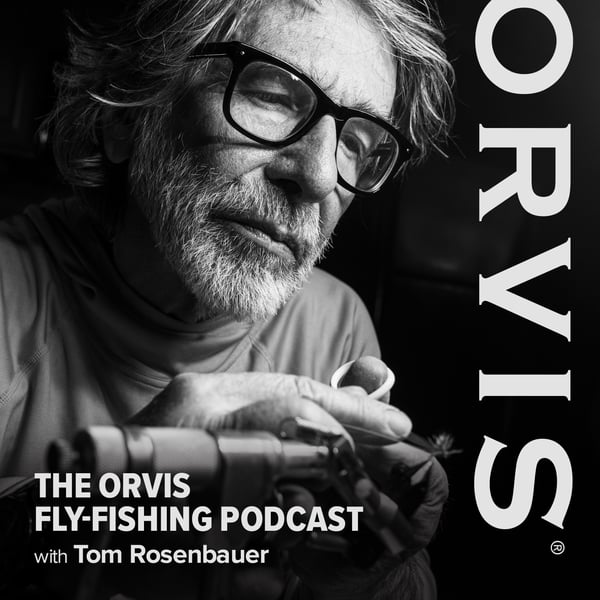Reading the Water (3 of 3)
The Orvis Fly-Fishing Podcast
James Hathaway
4.8 • 1.9K Ratings
🗓️ 1 May 2008
⏱️ 6 minutes
🧾️ Download transcript
Summary
In the third and final part of Tom's series on reading the water, Tom explains how to use lessons learned in the previous two podcasts to help you catch more fish. Learn how to best fish boulders and sweepers.
Next week: leaders and their importance.
If you have a suggestion for a future podcast, would like to make a comment or would like to subscribe to this podcast, please visit www.orvis.com/podcast.
Download the podcast directly at: http://media.libsyn.com/media/orvisffguide/OFFGP3.mp3Transcript
Click on a timestamp to play from that location
| 0:00.0 | Welcome to the Orvis Fly Fishing Guide podcast with Tom Rosenbauer, bringing you tips, tricks and techniques to help you get the most from your time on the water. |
| 0:11.3 | Here's acclaimed fly fishing author |
| 0:13.3 | and lifelong fly fishing enthusiast Tom Rosenbauer. |
| 0:16.7 | This is part three of reading the water |
| 0:19.6 | and I'd like to talk a little bit about specific discrete places in the stream. |
| 0:25.6 | We talked a little bit about trout and their feeding behavior. |
| 0:28.6 | We talked a little bit about hydraulics in general and how they affect where a trout lives. |
| 0:34.0 | And now let's talk about things like logs and rocks and sweepers in a stream. |
| 0:41.0 | The classic case of reading the water is a big midstream rock and where do the trout |
| 0:47.4 | lie in relation to that rock? |
| 0:49.8 | The rocks are kind of neat because if they protrude above the water there are very obvious places and you can see the rock and you can see where the trout somewhere, there's going to be a trout somewhere in the area. |
| 1:00.0 | And even if that big rock is underwater, you can see the dimple or the bump in the surface of the water, which is always going to be a little bit downstream of the rock. You have to remember that because the current pushes that swirl downstream. |
| 1:14.0 | Classic midstream rock. |
| 1:16.0 | So what happens? |
| 1:17.0 | The water comes downstream, it hits the front of the rock, |
| 1:21.0 | and there's actually a dead spot in front of the rock because |
| 1:25.8 | the molecules piling up in front of the rock will actually create a dead spot there and there's also some turbulence created |
| 1:34.5 | which will dig a little trench in front of the rock. So there's a spot in front of |
| 1:39.0 | the rock and often these spots are are better and more comfortable for a trout than a spot behind the rock. |
| 1:46.3 | You got the sides of the rock, the water flows around the sides of the rock, does the same thing, some frictionictions created, little turbulence is created and |
| 1:55.0 | it'll dig out a little trench along the side of the rock. And then of course you |
| 1:58.8 | got the classic behind the rock spot where there's a big swirl, there's some turbulence, the bottom gets |
... |
Please login to see the full transcript.
Disclaimer: The podcast and artwork embedded on this page are from James Hathaway, and are the property of its owner and not affiliated with or endorsed by Tapesearch.
Generated transcripts are the property of James Hathaway and are distributed freely under the Fair Use doctrine. Transcripts generated by Tapesearch are not guaranteed to be accurate.
Copyright © Tapesearch 2025.

